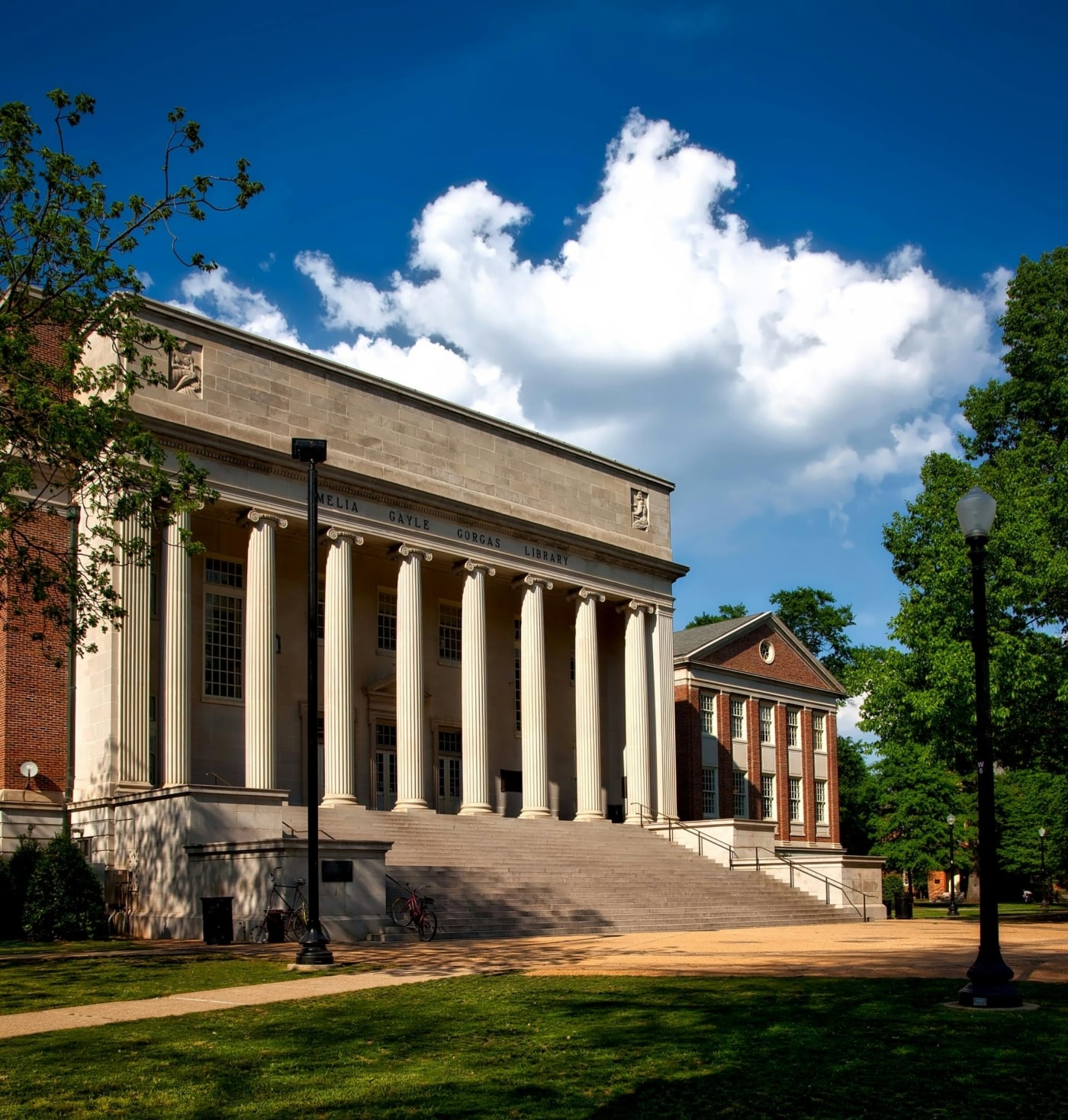Facing Challenges in Higher Education: What to Expect in 2025

Encountering challenges in higher education is inevitable. With ongoing initiatives to improve student enrollment, the evolving role of cybersecurity, and shifts in budgets, institutions must be prepared for the future. From FAFSA updates to the rising costs of a college degree, it’s essential to understand and address the biggest obstacles coming in 2025.
In this post, we’ll explore key challenges in higher education and how institutions can adapt to the evolving education landscape.
4 Challenges in Higher Education to Keep in Mind
1. Enrollment Declines and Changing Student Demographic
Student enrollment was a major concern last year, and the trend is expected to continue in 2025. The challenges caused by FAFSA changes, rising tuition, and demographic shifts have led to fewer college students enrolling.
According to the Department of Education, the shrinking population of 18-year-olds will impact enrollment for decades. This shift means institutions must expand their reach beyond traditional students, targeting learners from community colleges, career changers, and international students.
To remain competitive, higher ed leaders need to rethink their partnerships and recruitment strategies by fostering relationships with institutional leaders, high schools, and workforce programs.
2. Rising College Costs and Financial Aid Challenges
The cost of a college degree continues to rise, making financial aid more critical than ever. The federal government has increased access to programs like the Pell Grant, but many students still struggle with affordability.
Institutions can help by:
- Expanding scholarship initiatives to support college students from all backgrounds.
- Streamlining support services to help students better navigate financial aid options.
- Partnering with businesses and donors to provide tuition assistance programs.
Effective communication about FAFSA deadlines and scholarship opportunities can ensure students don’t miss out on available funding.
3. AI, Cybersecurity, and Institutional Adaptation
Artificial intelligence is revolutionizing education, but it also introduces new concerns, particularly regarding cybersecurity. As institutions adopt AI for student support, enrollment predictions, and administrative tasks, they must also prioritize data protection.
The Biden administration has emphasized the importance of cybersecurity in higher education, urging university leaders to implement strong security policies. Institutions must ensure AI adoption aligns with compliance regulations, such as Title IX protections and accreditation standards.
Additionally, AI can be used to:
- Streamline administrative tasks and reduce budgets.
- Improve functionality in student management systems.
- Enhance decision-making with predictive analytics.
To keep pace, institutions need to invest in AI training, develop certifications for faculty and staff, and prioritize ethical AI use.
Artificial intelligence is changing nearly every aspect of our lives, including higher education. From generative AI tools in the classroom to Conversation Intelligence Platforms like Mongoose, AI promises to be a game changer for many.
4. Mental Health and Well-being of Students
The conversation around mental health services remains a top priority for institutions. According to a recent Inside Higher Ed survey, two of every five students say their mental heath affects their academic performance.
Students struggling with mental health are more likely to disengage from their studies, affecting retention and completion rates. Institutions must:
- Offer accessible support services that address student stress, anxiety, and depression.
- Promote peer mentorship and fostering community engagement.
- Integrate mental health services into orientation and academic planning.
By prioritizing student well-being, institutions can ensure students feel supported throughout their academic journey.
The Role of University Leaders in Higher Education Policy
With the new administration in Washington, institutions must navigate evolving policies related to free speech, DEI, and Title IX. Some Republicans have pushed for restrictions on DEI programs, while the Biden administration continues to advocate for protections for underrepresented students.
Institutions should stay informed on federal and state-level changes, particularly regarding:
- DEI programs and their role in student recruitment and engagement.
- Evolving Title IX regulations and compliance requirements.
- The impact of Trump administration policies that may still influence funding and accreditation standards.
Adapting to these shifts requires active involvement from higher ed leaders and institutional leaders to shape inclusive policies that benefit students.
Navigate Challenges in Higher Education With Mongoose
Although the challenges in higher education may seem overwhelming, institutions that prioritize adaptability, partnerships, and strategic communication will be better positioned for success.
AI-powered Conversation Intelligence Platforms (CIP) like Mongoose help institutions:
- Strengthen student support services through personalized messaging.
- Improve student experience by fostering connections between students and faculty.
- Utilize AI-driven insights to enhance decision-making and recruitment efforts.
Ready to make every conversation matter? Contact Mongoose today to book a demo.
Author:




